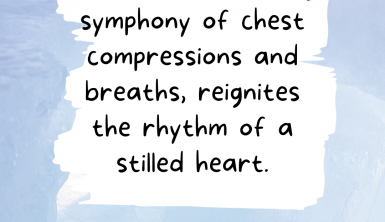What are the Most Common ALS Symptoms?
ALS is a degenerative disease that has gathered an ample amount of attention and support from various people throughout the world in the past few months. This particular disease affects the motor neurons in the body, impeding a person’s ability to voluntarily control their muscles, breathing, and speech. As ALS progresses through the body, it eventually leads to death due to the fact that the major muscles in the body will be unable to move. There are an array of ALS symptoms that patients may experience throughout different stages of the disease.
Upper and Lower Motor Neurons
ALS affects both the upper and lower motor neurons in the human body. The upper motor neurons are found in the brainstem and the spinal cord. ALS is a degenerative disease and as the upper motor neurons begin to degenerate, it causes spasticity which is a tightness in the muscles. When the lower motor neurons begin to degenerate, patients will begin to experience muscle weakness as a result of muscle atrophy. When a muscle atrophies, it is essentially shrinking and wasting away in the body. Due to ALS both of these groups of motor neurons are being lost simultaneously.
How ALS Affects Patients
One of the major issues pertaining to ALS is that it can affect any person of any age, though it generally tends to establish itself during late-middle age. The majority of people with the disease tend to notice an ample amount of weakness in their arms or legs, making it difficult to use the limbs that are affected. This weakness is extremely persistent but many choose to ignore it as it may not be prevalent enough to impede daily processes. Others may experience a difficulty with the muscles used to control their speech or even swallowing.
ALS is a disease that will progressively get worse and this is when patients generally seek the assistance of their medical practitioner. As the disease spreads, it will affect one part of the body and move on to another part of the body (generally adjacent), therefore the disease can no longer be ignored. Pain and Fasciculations
Although you may assume that pain is a symptom that would be experienced by ALS sufferers, it is generally not a direct issue of the disease itself. Instead, pain may be experienced due to the inability to move different muscles for an extended period of time. Pain can become quite prevalent if the patient does not partake in range-of-motion exercise regimes on a daily basis.
The most common symptom of ALS are fasciculations. This term is used to define twitching muscles. In most cases, these muscle twitches are relatively not painful but since they are persistent, they can affect daily duties such as sleep. The muscle twitches are a result of signals being disrupted between the nerves to the muscles in the body.
Behavior Changes
The other most prevalent symptom that is experienced by individuals with ALS is a change in behavior. Many individuals will find that they have an altered way of thinking and will exhibit behaviors that they otherwise wouldn’t have. This could include memory loss, irritability, and impulsive behavior.
For all services, please visit our Home Page.







